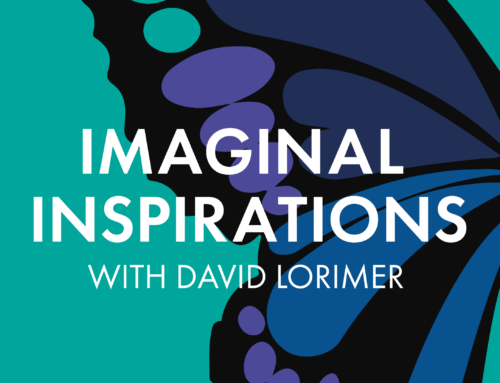Critically review the shared histories of the emergence of the ‘Freudian/Kleinian psychoanalytic tradition’ and the ‘Spiritual Psychology/Parapsychological tradition’. Can these traditions benefit from further mutual exchange? Written by John Mason
Joe Bartholomew
John Mason a London based Psychiatrist has written a remarkable paper of originality and independent thought. It was published in researchgate.net. A paper that demonstrates how Psychoanalytic theory, specifically the concepts of transference and counter-transference can provide a supportive theoretical framework for parapsychological phenomena such as telepathy and psychokinesis. Classical orientated Psychoanalyst and writer, Ernest Jones who was also the official biographer of Sigmund Freud and the former President of the International Psychoanalytical Association and the British Psycho-Analytical Society dismissed what has been defined as Occult phenomena. Having found ways to cast it aside as something little more than a misguided interpretation, while relegating this untangled bundle of reported clinical experience into the unscientific waste paper bin; John Mason in his psycho-historical critical review has boldly investigated how the Psychoanalytic tradition and the Parapsychological tradition once mingled together like a dance, yet as they became more strongly established drifted silently apart.
What John Mason has said about telepathy and psychokinesis, interpreted from both a Freudian and a Kleinian Psychoanalytic perspective informed by Parapsychology in regards to the concept of counter-transference and projective-identification, is brilliant. When reviewing the history of Psychoanalysis he has shown that he has an astute political sensitivity. He demonstrates in his writing how he is able to pick up on the aspects of Psychoanalysis that would be socially unacceptable to the elite who govern. As a consequence he shows how it would have been detrimental to the establishment of Psychoanalysis as a major academic discipline, an influential social science, psychotherapy, and as a critic of the arts and culture throughout the world. In his investigation he follows up on these clues or hints left by scholars of history -like noticing footprints left in the sand- to show the world what would occur if these social, cultural and political factors did not limit and restrict an open minded, creative and scientific investigation. In other words, a true public intellectual demonstrates how any serious study of a body of knowledge is influenced and informed by a politicized worldview. This means such a course of study or inquiry is never objective, neutral or detached from political, social and cultural biases of the world we live in.
In this paper John thought reflectively about the history of Psychoanalysis and made links to different clues and put a spotlight on the inferred evidence. By doing so he has provided novel and original insights that others who not only may lack the intelligence, but more importantly may lack the courage to stare truth in the face. To see with unflinching honesty and skepticism how the world really works. To express these discoveries in writing is to be driven by a calling to communicate and share these findings with the rest of the world. Such writers are able to carry a torch as the light of truth and as a symbol of social conscience. Like a Julian Assange with a global vision of what truth means beyond the Western framework of Psychiatry, Psychology and Psychotherapy. ‘’A hero falls down, but others stand up’’. – When we feel down in the dumps and wallowing in the gutter we need minds, hearts, and souls in perfect harmony who can use the eloquence of their voices as finely tuned instruments to inspire eco-heart-felt revolutionary action. That is, if we really want to see social, political, economic, and ecological change and progress in our own lifetimes. John Mason has done a great service to both the Psychoanalytic tradition and the Parapsychological tradition. He has achieved this by uncovering the truth obscured by various factors to produce a more complete picture above and beyond the stasis of perceived circumstance.


